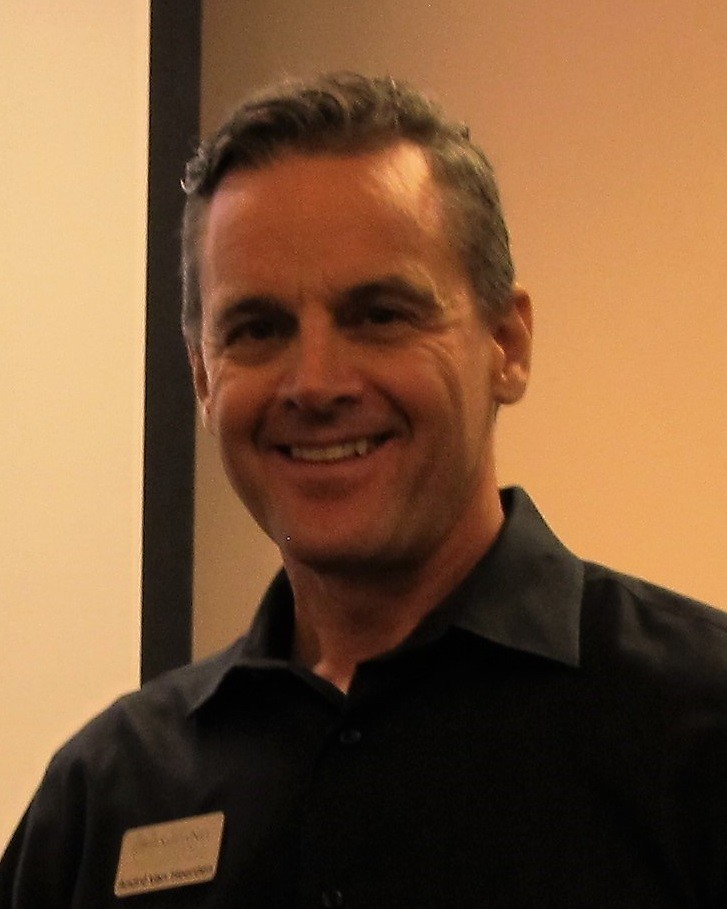Emergency management officials, pastors to meet
GREEN COVE SPRINGS – After Hurricane Matthew moved by the East coast of Florida last October, community organizations began to coordinate with state and federal relief agencies to assist in cleanup …
This item is available in full to subscribers.
Attention subscribers
To continue reading, you will need to either log in to your subscriber account, or purchase a new subscription.
If you are a current print subscriber, you can set up a free website account and connect your subscription to it by clicking here.
If you are a digital subscriber with an active, online-only subscription then you already have an account here. Just reset your password if you've not yet logged in to your account on this new site.
Otherwise, click here to view your options for subscribing.
Please log in to continueDon't have an ID?Print subscribersIf you're a print subscriber, but do not yet have an online account, click here to create one. Non-subscribersClick here to see your options for subscribing. Single day passYou also have the option of purchasing 24 hours of access, for $1.00. Click here to purchase a single day pass. |
Emergency management officials, pastors to meet
GREEN COVE SPRINGS – After Hurricane Matthew moved by the East coast of Florida last October, community organizations began to coordinate with state and federal relief agencies to assist in cleanup operations across the affected areas.
In Clay County, government cleanup organizers realized they faced a challenge in rallying faith-based volunteers to help with long-term relief. To remedy the problem, county disaster officials and community-based organizations are urging pastors and other faith-based organizations to attend a May 25 roundtable at the Clay County Emergency Operations Center.
Agencies such as the American Red Cross typically stay for around a week after a natural disaster depending on the severity of the damages. After that point, there is an understanding that, from there, local secular and faith-based community organizers will take over the remaining duties involving rehoming, cleanup and resource acquisition.
Following Hurricane Matthew, it was clear that faith-based system needed some work.
“In hurricane Matthew, there were very few local volunteers who actually stepped up to help,” said André Van Heerden, with the Clay SafetyNet Alliance, a nonprofit network.
“We had to bring groups in from out of state to help do the immediate recovery after the storm. Fortunately, in Clay County we weren’t that hard hit, but the ideal is to have the faith-based leaders ready teams together that can be available after the storm to fundraise for victims who don’t have insurance or their deductibles are too high or if ever there is any individuals who aren’t able to pay for their own repairs.”
The SafetyNet Alliance, which recently changed its name from the Mercy Network, is working to mobilize pastors and other organizations to attend the May 25 event.
Van Heerden aided in cleanup efforts following the storm, but said turnout among other organizations was so paltry that only five other volunteers showed up to assist. Fortunately, he was able to bring in volunteers from Tennessee to assist in recovery efforts.
The goal of the roundtable is to bring together community organizations with John Ward, director of emergency management for the Clay Emergency Operations Center.
“We have a lot of complacency and I think that complacency really appeared after Hurricane Matthew,” Ward said.
Ward said a more proactive approach to local engagement in disaster relief would be to turn the roundtables into bi-annual get-togethers. That way, the EOC could drum up more excitement in the area to keep the community organizations involved and rope more organizations in simultaneously.
Faith-based relief organizations fill a necessary niche in the community that state and federal relief services have neither the time nor the funds to accomplish. The Red Cross can house an individual in a hotel for a few days, but community organizations will move in to find more stable housing for that individual after the first round of aid runs out, for instance.
“Typically they leave it to the local community to do,” Van Heerden said. “And if the local community is not well-connected and then a lot of victims suffer and are left unattended and so the Clay SafetyNet has taken on the responsibility of inviting community groups to connect with them so that the community is proactive rather than reactive so the teams are in place before the disaster.”
“If the faith-based community could rally together to help this long-term recovery effort it would really help Clay County a lot,” Van Heerden said.
Although Hurricane Matthew largely spared Clay County from the brunt of its wrath, five homes in the county were entirely destroyed from either falling trees or storm damage, and another 10 homes sustained serious damages.
“The Red Cross can assist a lot of times in the short term, but in our lower income areas, they are going to need long-term assistance,” Ward said.
Van Heerden and Ward hope a group will emerge from these meetings that – in the future – will assist with everything from thunderstorm recovery to fundraising efforts and other disasters.
Currently, Florida is toughing out a spate of wildfires, a danger that is only encouraged by the sustained drought the state has experienced. Ward said the quicker they can get the people in place, the safer the county will be.
“I’d like to see as many of the faith-based community and community groups… coming to the table and saying OK, we can provide volunteers, we can provide chainsaw crews, we can provide muck out teams – when the disaster strikes, we’ve got this infrastructure in place and we just mobilize,” Van Heerden said.








